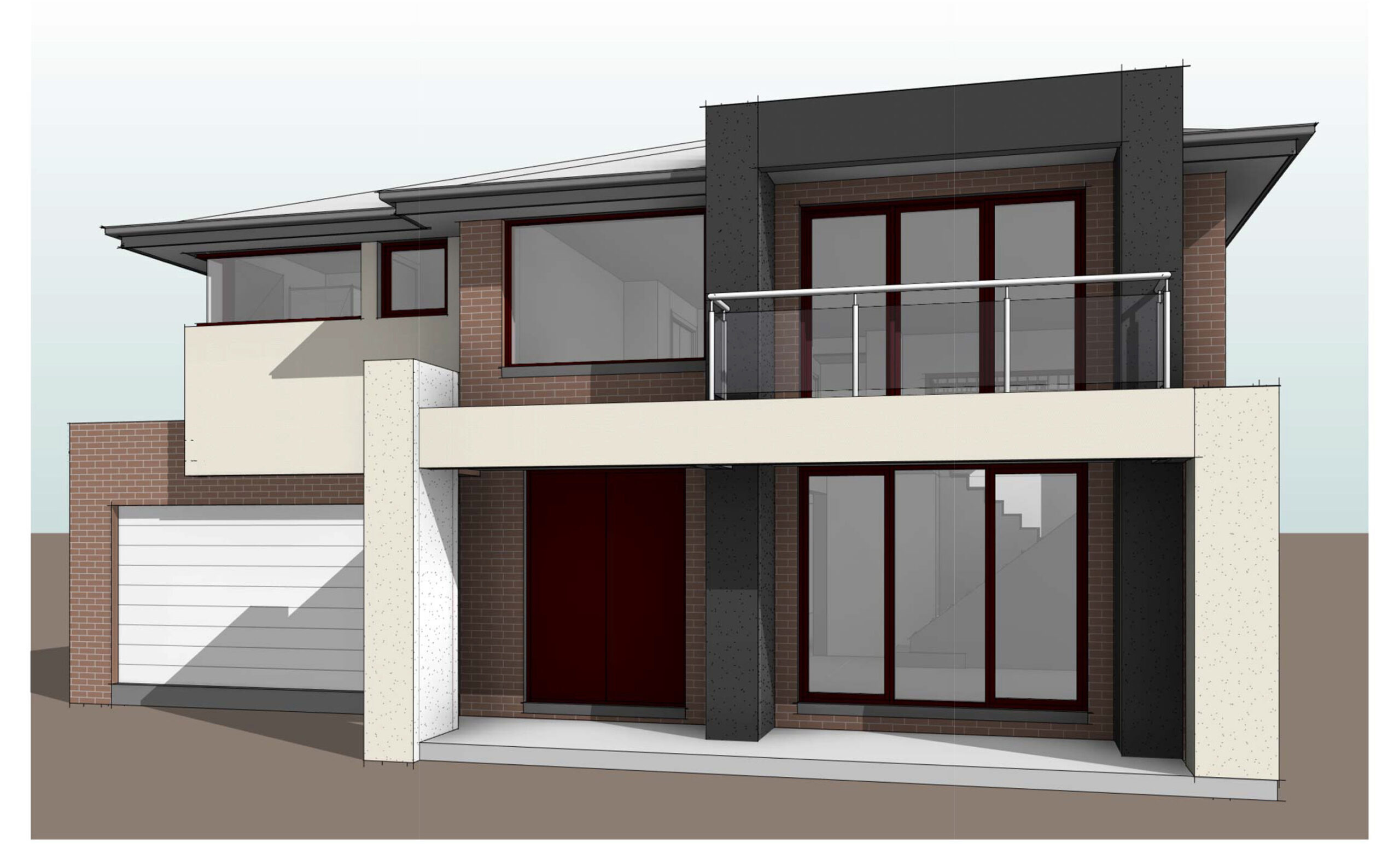The Rise of Cloud-Based Architectural Outsourcing
Posted on : Sep 19, 2023
Outsourcing in the architectural industry has experienced a significant transformation with the rise of cloud-based technologies. This article explores the growing trend of cloud-based architectural outsourcing, its benefits, challenges, and the impact it is having on architectural firms and professionals.
The Emergence of Cloud-Based Architectural Outsourcing
Cloud-based architectural outsourcing involves collaborating with external teams or individuals through cloud-based platforms and tools. This approach has gained momentum due to several factors.
Accessibility and Collaboration
Cloud technology enables architects and outsourcing partners to access project data and collaborates seamlessly from anywhere with an internet connection. This accessibility has made global collaboration easier.
Scalability
Cloud-based outsourcing allows architectural firms to scale their workforce up or down quickly in response to project demands without the constraints of physical office space.
Benefits of Cloud-Based Architectural Outsourcing
The adoption of cloud-based outsourcing in architecture offers numerous advantages for both architectural firms and the outsourcing partners.
Enhanced Collaboration
Cloud platforms facilitate real-time collaboration, enabling architects and external teams to work together efficiently, share design iterations, and make decisions promptly.
Cost Efficiency
Cloud-based outsourcing can reduce costs related to infrastructure, hardware, and software, making it a cost-effective solution for architectural firms.
Challenges in Cloud-Based Architectural Outsourcing
While cloud-based outsourcing brings many benefits, it also presents unique challenges that need to be addressed.
Data Security
Architects must ensure that sensitive project data remains secure in the cloud, which requires robust data encryption and access control measures.
Connectivity and Reliability
Dependence on internet connectivity can be a challenge, particularly in regions with unreliable internet access. Architects must have backup plans for cases of connectivity issues.
Impact on Architectural Firms and Professionals
The rise of cloud-based architectural outsourcing is reshaping the architectural industry in various ways.
Global Talent Pool
Architectural firms can tap into a global talent pool, accessing specialized skills and expertise from around the world, which enhances the quality of their projects.
Focus on Creativity
Cloud-based outsourcing frees up architects to focus on design, creativity, and strategic decision-making, as routine and technical tasks can be delegated.
Future Outlook
The future of architectural outsourcing lies in further integration of cloud-based technologies, automation, and improved collaboration tools.
Advanced Collaboration Tools
Future cloud-based platforms will likely incorporate advanced collaboration features, such as virtual reality (VR) and augmented reality (AR), to enhance design collaboration.
AI-Driven Design Assistance
Artificial intelligence will play a more prominent role in design assistance, automating certain design tasks and offering data-driven insights.
Cloud-based architectural outsourcing is a relatively new trend, but it is quickly gaining popularity. There are a number of reasons for this, including:
The increasing adoption of cloud computing: Cloud computing is becoming increasingly popular in the architectural industry, as it offers a number of advantages, such as scalability, flexibility, and cost savings.
The growing shortage of skilled architects: There is a growing shortage of skilled architects in many parts of the world. This is making it difficult for firms to find the talent they need to meet their demands.
The increasing complexity of architectural projects: Architectural projects are becoming increasingly complex, requiring a wide range of skills and expertise. This is making it difficult for firms to maintain all of the necessary skills in-house.
Cloud-based architectural outsourcing can help firms to overcome all of these challenges. By outsourcing their architectural services to a third-party provider, firms can:
Save money on labor costs: Cloud-based architectural outsourcing providers can typically offer their services at a lower cost than traditional in-house architectural teams. This is because they are able to leverage economies of scale and access a global pool of talent.
Access a wider range of skills and expertise: Cloud-based architectural outsourcing providers can provide firms with access to a wide range of skills and expertise, including architects, engineers, and project managers. This can be especially beneficial for small firms that do not have the resources to maintain their own in-house teams.
Scale their operations up or down as needed: Cloud-based architectural outsourcing providers can help firms to scale their operations up or down as needed. This can be especially beneficial for firms that are working on multiple projects simultaneously or that have fluctuating workloads.
Improve their flexibility and agility: Cloud-based architectural outsourcing can help firms to improve their flexibility and agility. This is because they can outsource their architectural services to providers who are located all over the world. This means that they can work with architects who are available during their time zone and who have the necessary skills and expertise for their specific project.
As a result of these benefits, cloud-based architectural outsourcing is expected to continue to grow in popularity in the coming years. Firms of all sizes are increasingly recognizing the value of outsourcing their architectural services to a third-party provider.
Here are some additional thoughts on the rise of cloud-based architectural outsourcing:
Cloud-based architectural outsourcing is still a relatively new trend, but it is growing rapidly. This is due to the increasing adoption of cloud computing, the growing shortage of skilled architects, and the increasing complexity of architectural projects.
Cloud-based architectural outsourcing can help firms to save money, access a wider range of skills and expertise, scale their operations up or down as needed, and improve their flexibility and agility.
As cloud-based architectural outsourcing continues to grow in popularity, we can expect to see more and more firms outsourcing their architectural services to third-party providers.
Conclusion
The rise of cloud-based architectural outsourcing represents a significant shift in the industry’s dynamics. While it comes with challenges, the benefits of enhanced collaboration, cost efficiency, and access to a global talent pool are driving architectural firms to embrace this transformative trend. Architects and firms that adapt to the evolving landscape of cloud-based outsourcing are likely to thrive in the competitive architectural market.




